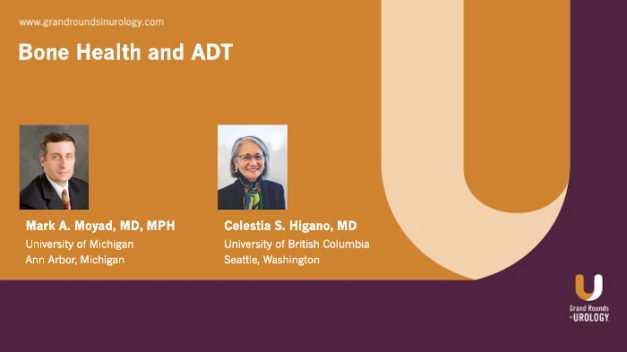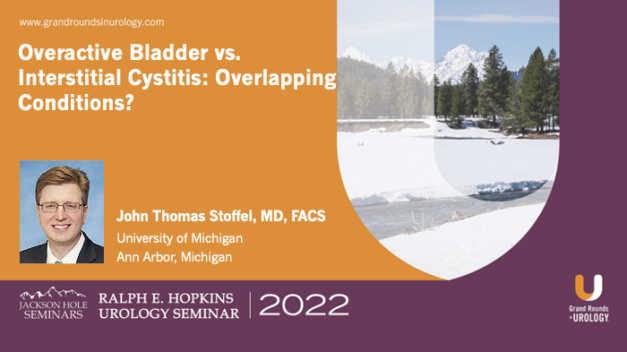Bone Health and ADT
Mark A. Moyad, MD, MPH, the Jenkins/Pokempner Director of Preventive/Complementary and Alternative Medicine (CAM) at the University of Michigan Medical Center in the Department of Urology in Ann Arbor, Michigan, interviews Celestia S. Higano, MD, FACP, Adjunct Professor in the Department of Urologic Sciences at the University of British Columbia and Medical Director of the Prostate Cancer Supportive Care Program at the Vancouver Prostate Centre, about the importance of dual-energy X-ray absorptiometry (DEXA) screening to preserve bone health in men initiating androgen deprivation therapy (ADT). Dr. Moyad begins by highlighting the findings of an article recently published in JAMA which showed that while DEXA screening was associated with a decreased risk of osteoporotic fracture, only 7.9% of older men starting ADT received this screening. Dr. Moyad argues that this demonstrates that while many focus on calcium and vitamin D deficiency as the causes of bone issues in men on ADT, the real deficiency is in DEXA screening. Dr. Higano concurs, explaining that the only good way to monitor bone density in men on ADT is to get a baseline, and noting that every patient in her practice undergos DEXA screening before initiating ADT unless they are on a bone health agent already. She also mentions that she performs a repeat DEXA after a year. Dr. Moyad then considers whether quantitative computed tomography (QCT) is a reasonable alternative to DEXA, arguing that it is not since it is more expensive, uses a lot of radiation, and overestimates bone health issues. Dr. Higano agrees, observing that QCT was designed as a research tool rather than a diagnostic one, while DEXA is the “gold standard” in this area. They then hypothesize that some clinicians are switching from DEXA to QCT because of higher reimbursement rates. Drs. Moyad and Higano conclude by underscoring that wider DEXA screening is the most significant change needed to preserve bone health in men on ADT.
Read More

